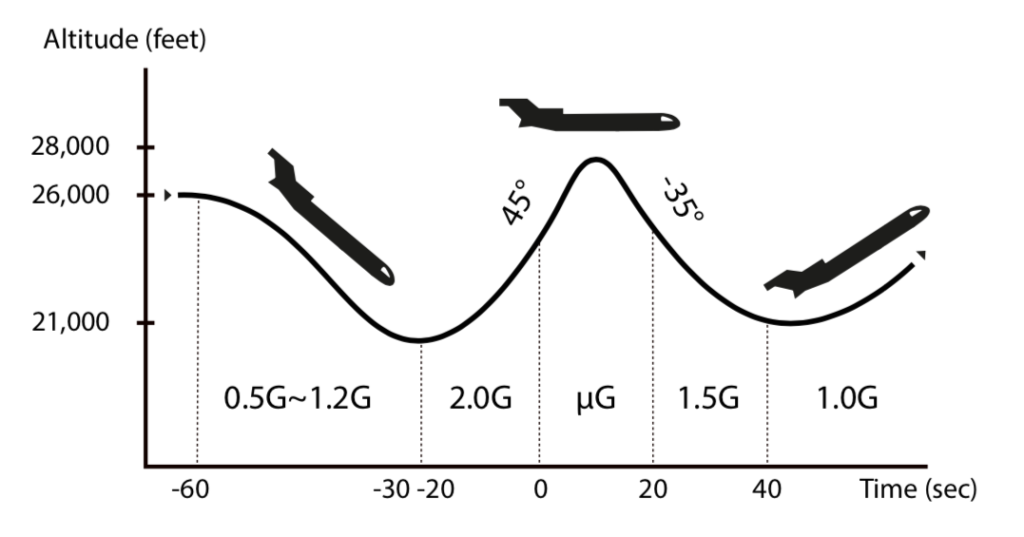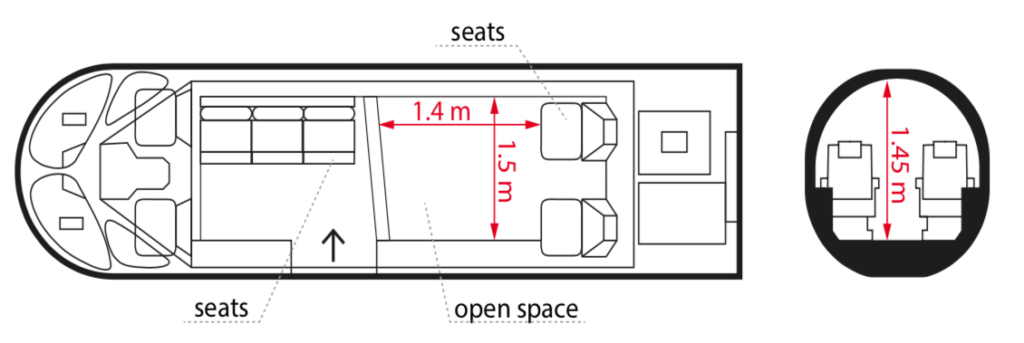The Space-Art Workshop was initiated in 2016 at the Empowerment Informatics Program, University of Tsukuba. Based on previous projects promoted by space agencies such as JAXA and ESA, this workshop aims to expand space research as an interdisciplinary activity.
This means that such research should involve not only specialized scientists but also other subjects like artists, thinkers, and inventors. This is a way for not limiting the scope of space research only to military or purely scientific purposes, but for expanding it towards issues related to human life in general, like mobility or expression.
If we – as humans – want to plan and establish a new civilization in the outer space, we need to engage ourselves in the development of a new sensibility about zero-gravity. In this context, the collaboration between art and technology plays a key role.
During the workshop, eight researchers have developed several projects based on their personal interests related to life in zero-g, such as testing movements impossible on Earth, robotic pets for future astronauts, art possible only in zero-gravity environments, assistive technologies for supporting humans in space stations.
These projects have been tested during two parabolic flights, where zero-gravity can be experienced. The results of such experiments have highlighted the challenges related to developing new concepts and technologies for zero-gravity.
It is difficult to predict the results of something that we have never experienced before. But at the same time, the surprise and the fascination from experiencing free fall has generated many reflections about novel developments of space research.
Credits:
Empowerment Informatics – University of Tsukuba
Japan Aerospace Exploration Agency (JAXA)
Coordination:
Prof. Takuro Osaka (Artist/University of Tsukuba)
Microgravity experiment by aircraft
The parabolic flight pattern provides around 20 seconds of microgravity (µg) condition in the cabin.

The cabin is divided into two sections: a sitting area, and a free area. In a conventional microgravity experiment, experimental equipment is fastened to a standard rack and the procedures are carried out by an experimenter seated in a chair. When an experiment is conducted in a free area, the experimenter or subject can perform the micro-gravity experiment in any number of relaxed positions or postures in a safe space with cushioned floors and walls.
The experiments have been carried during two separate flights. Each flight had a duration of approximately 60 minutes
Experiments in µ-gravity on a parabolic flight (2016)
Experiments in µ-gravity on a parabolic flight (2017)
Exhibitions
The results of the experiments have been presented at the general public, at the Ars Electronica Festival 2017 (Linz, AT) and at the Tsukuba Media Arts Festival 2018 (JP).
